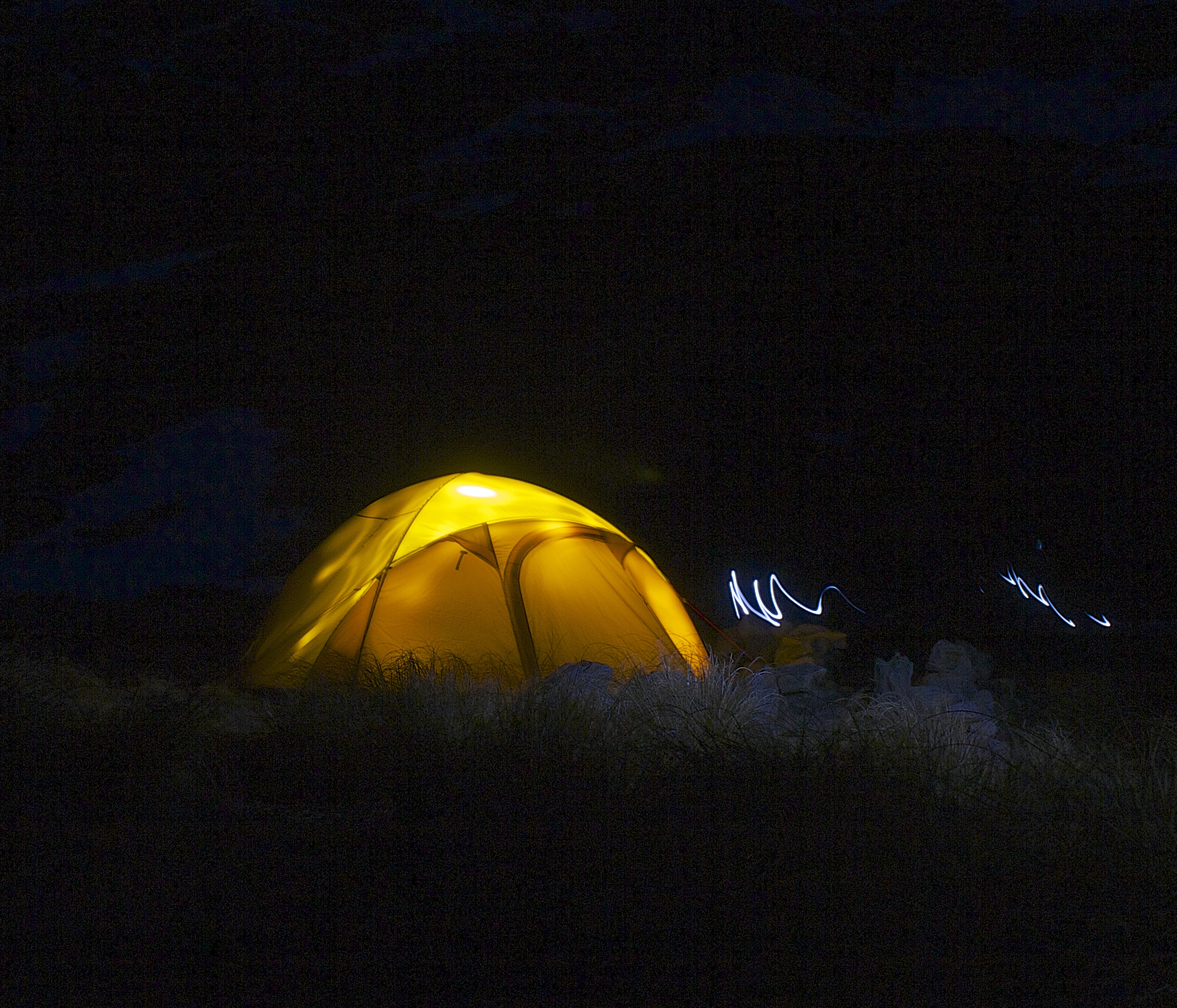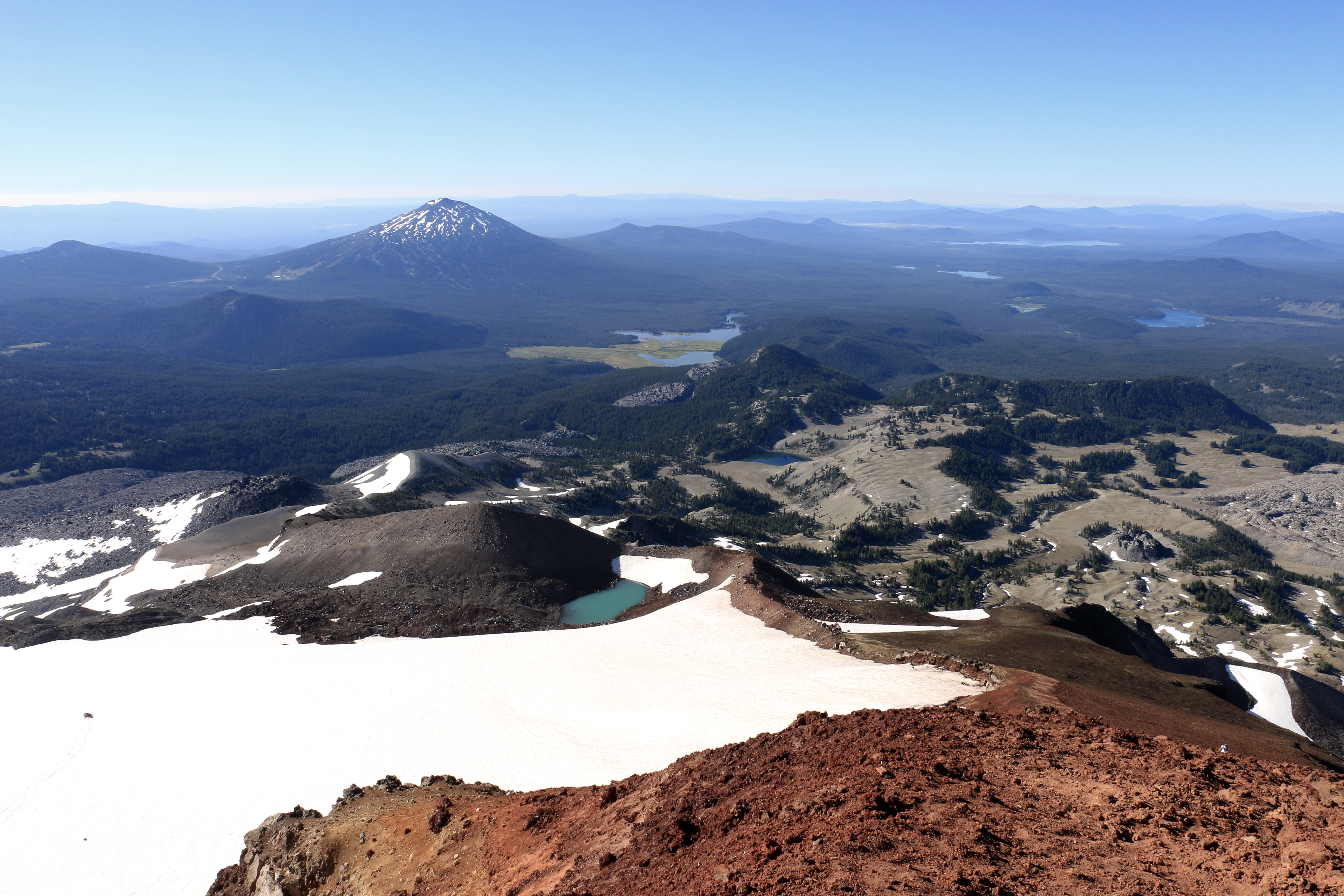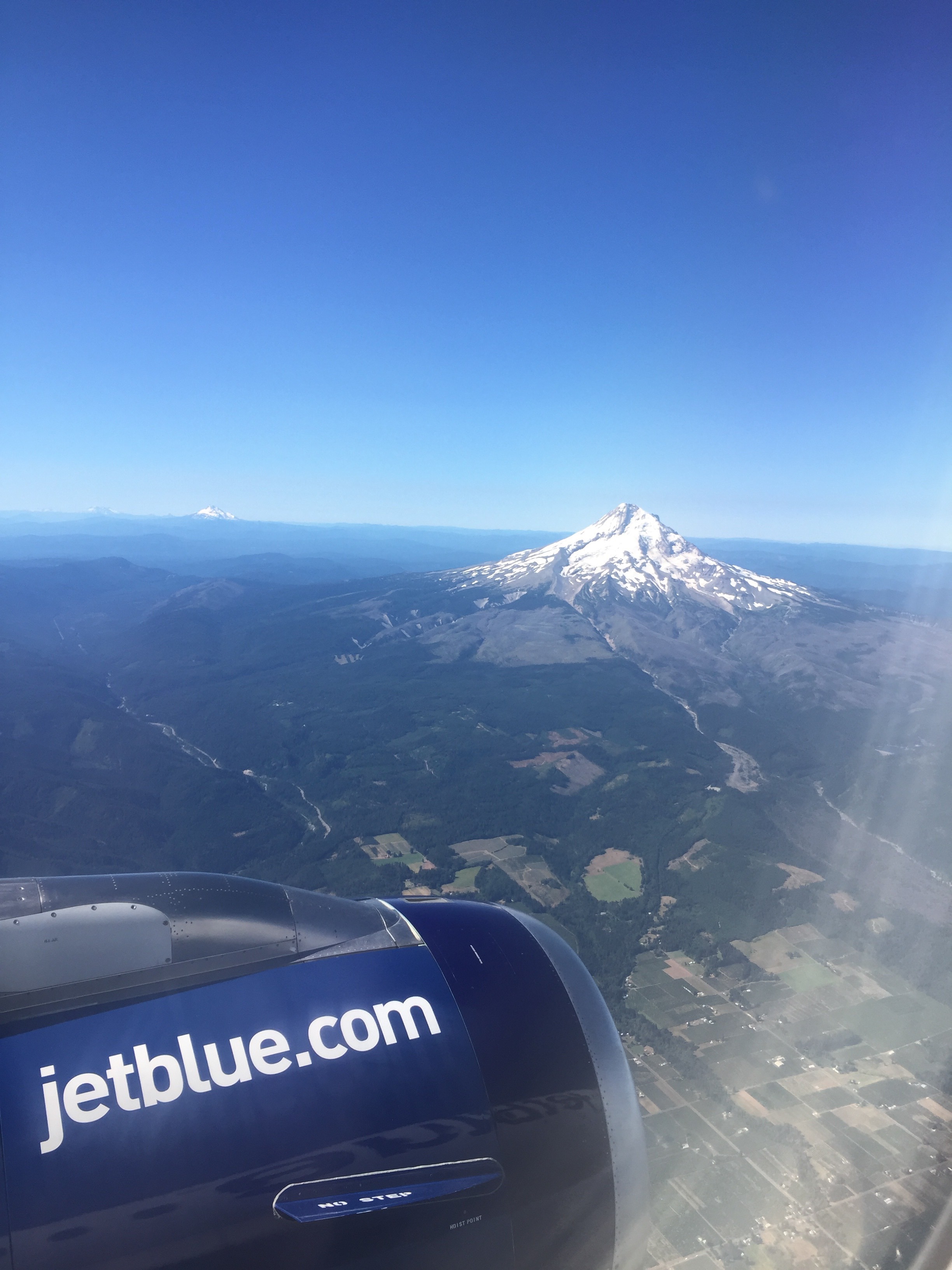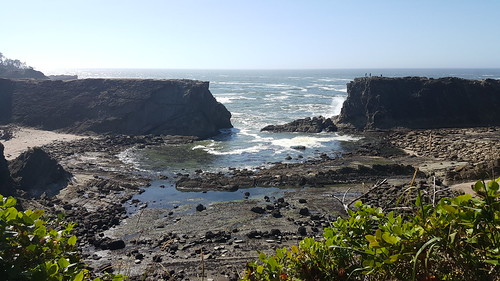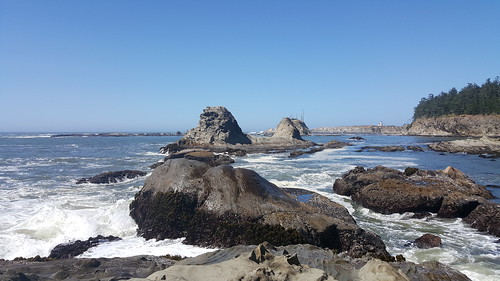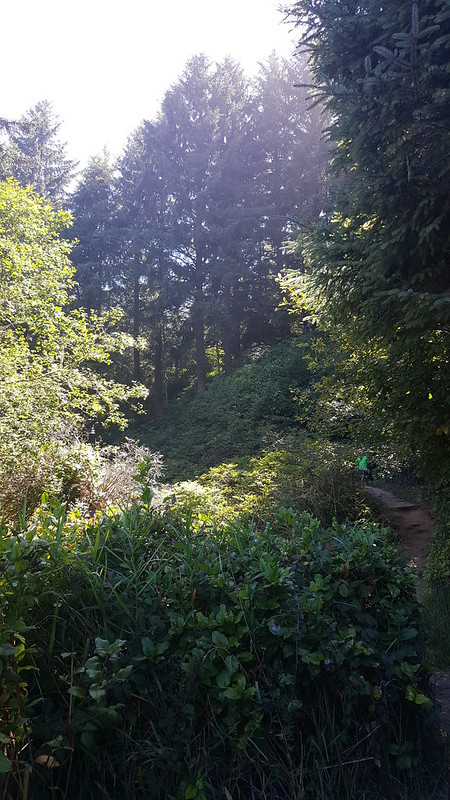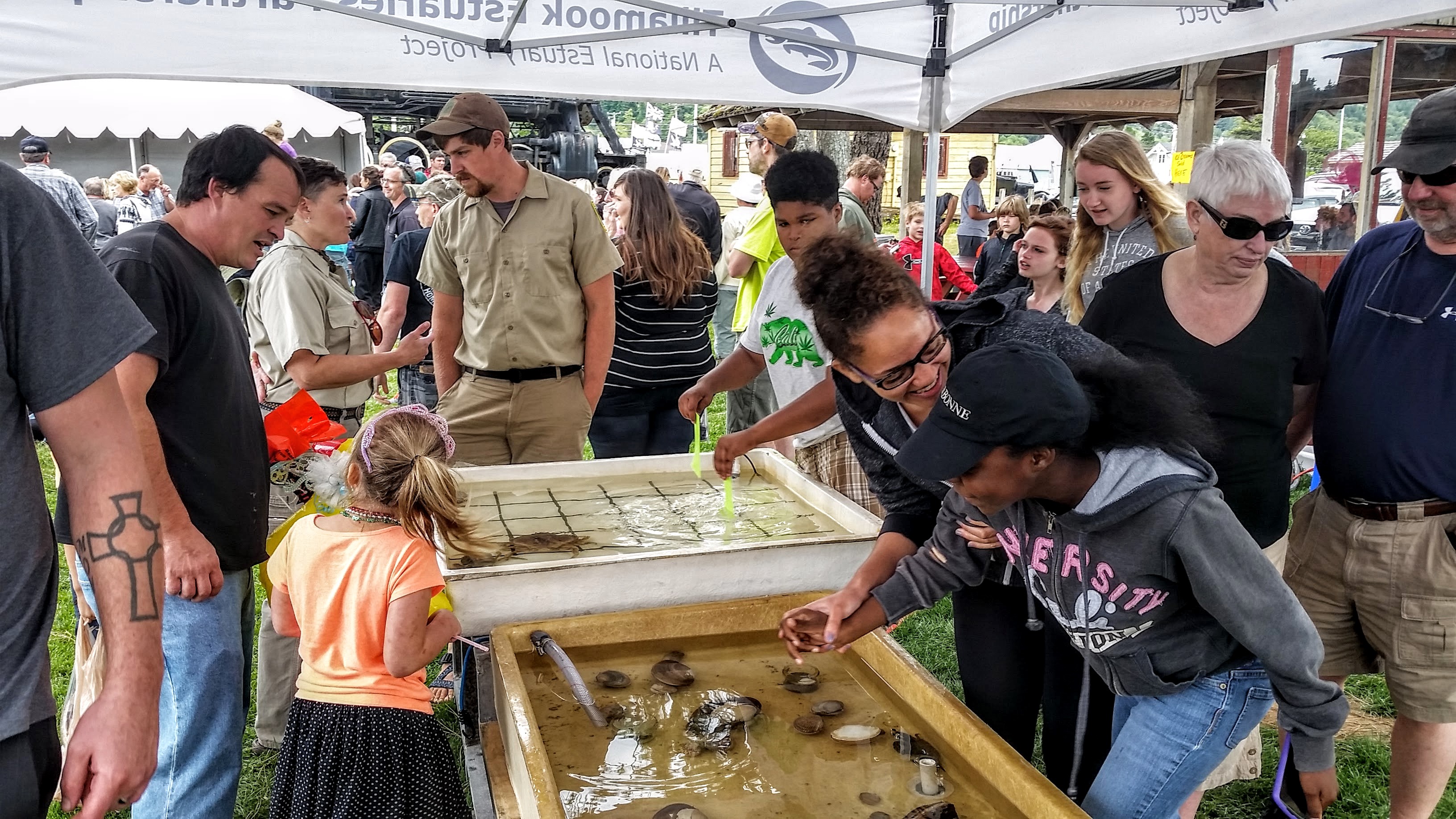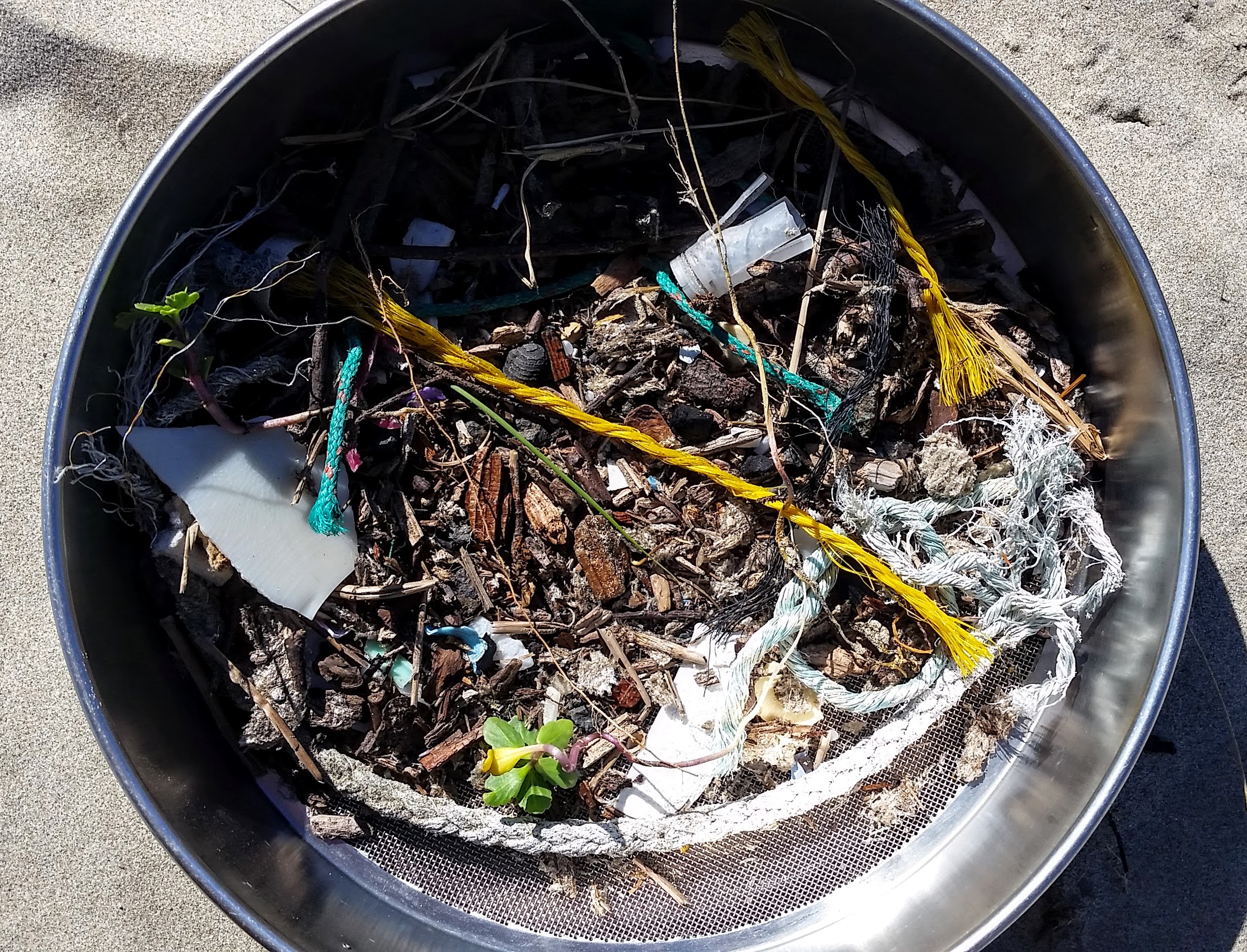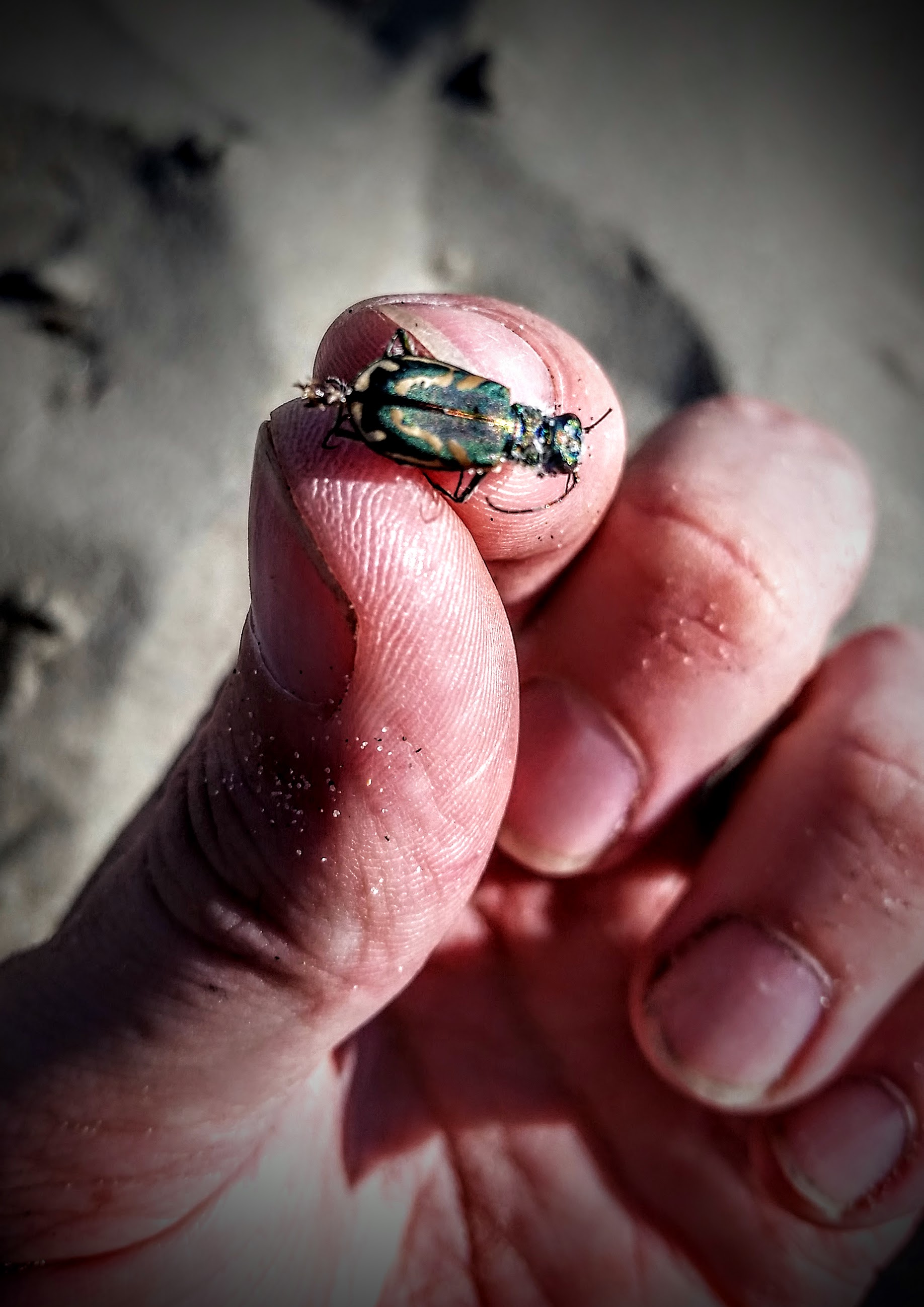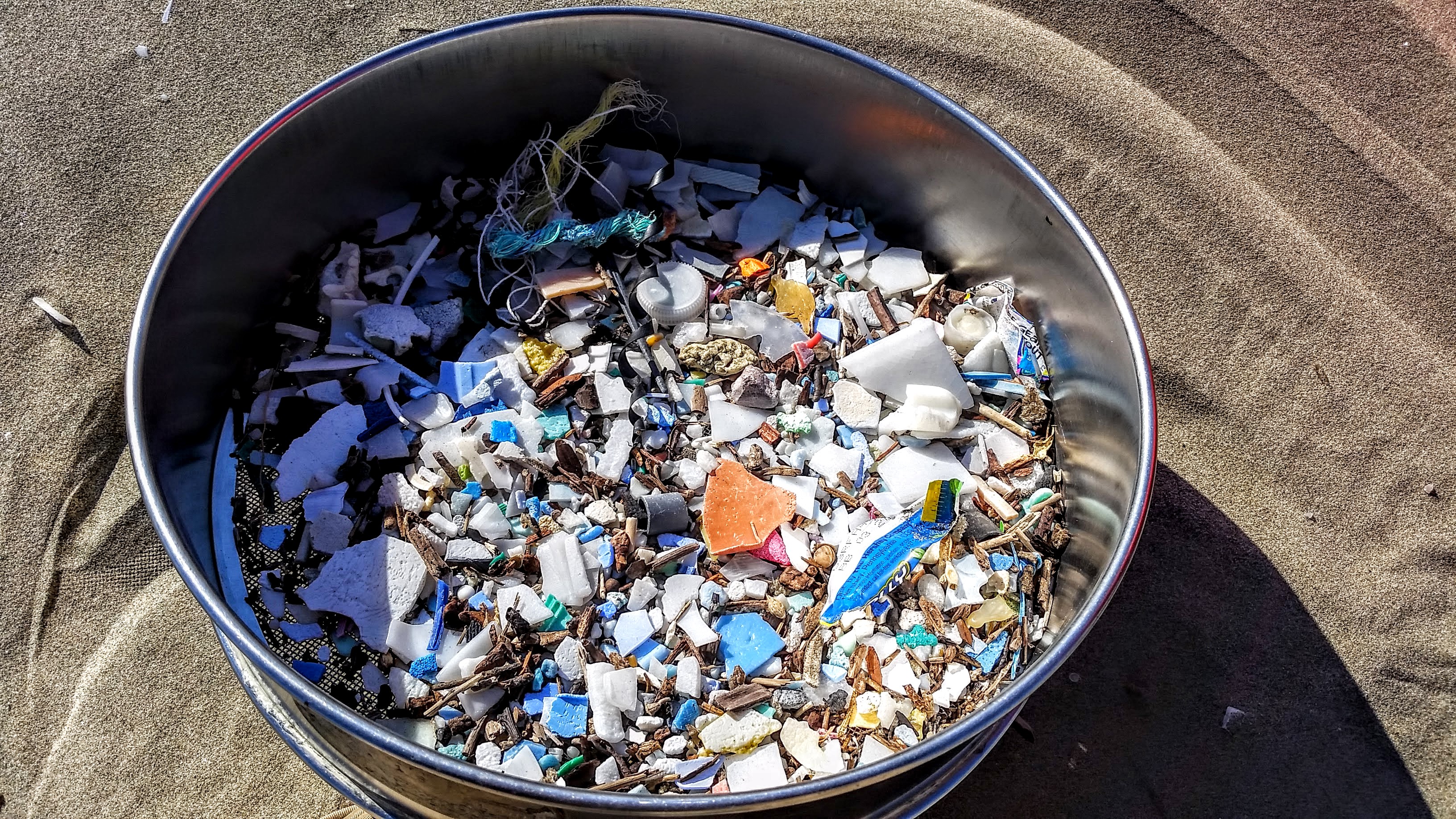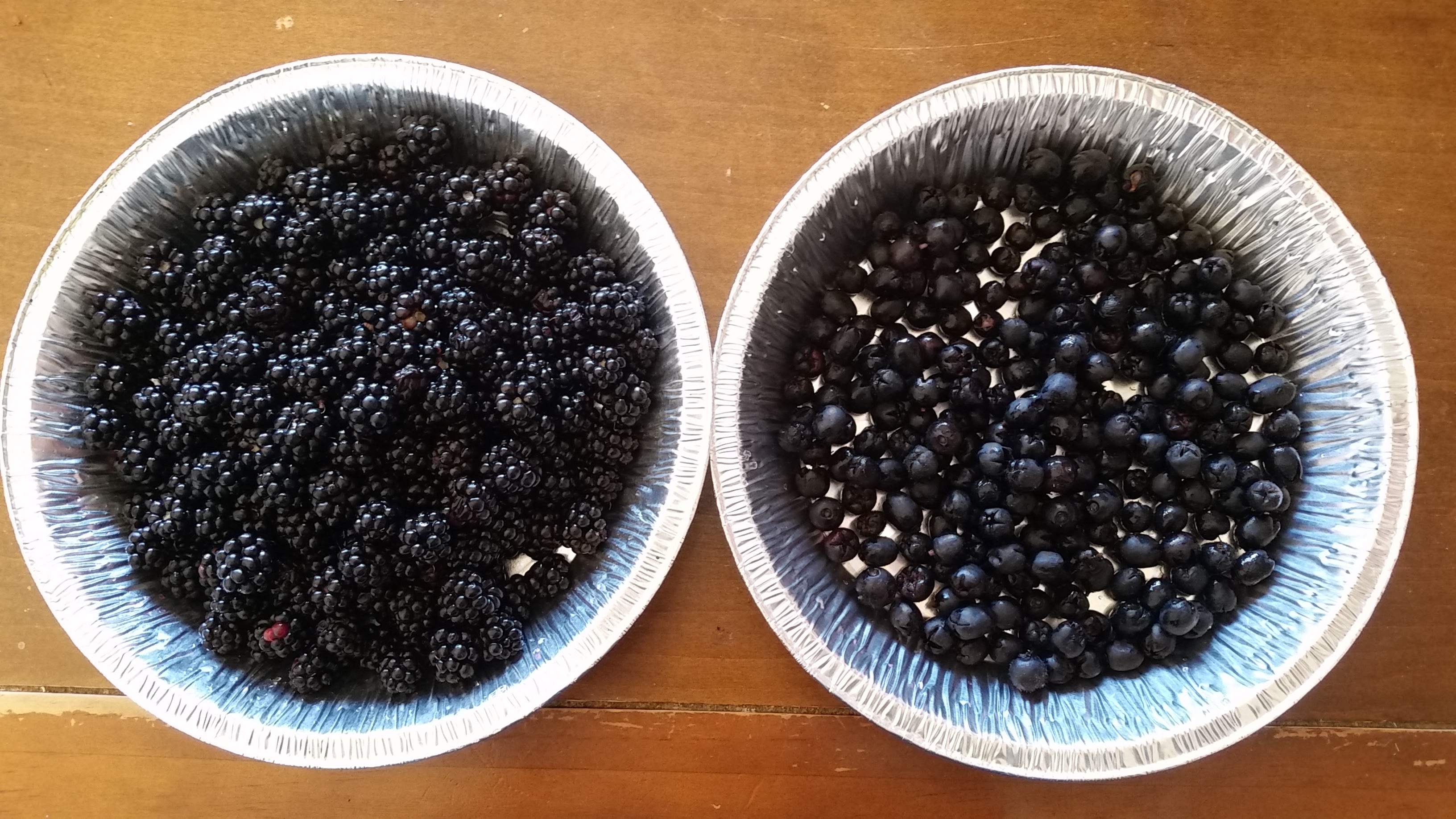Every so often at the ODFW office, we get email updates from the different fisheries sectors in the state. Most of the time these are just the standard sport fishing estimates or public workshop announcements, but sometimes I’ll see a subject line that warrants a closer read. Something like “Fishing for groundfish closes beyond 20 fathoms to protect yelloweye rockfish” usually does the trick.
Yelloweye rockfish are a bottom-dwelling species that has been under a harvest moratorium since 2002 due to overfishing. Oregon’s population is well on its way to recovering, but this doesn’t mean that they’re completely out of the line of fire.
The recent depth closure notice is in response to a two-part problem. The first is increased bycatch as boats target other species that inhabit the same areas. As yelloweyes are a deepwater fish, moving the groundfish fishery to within 20 fathoms (120 feet) should reduce these incidental encounters. The second is a drop in the use of descenders – devices that lower the bloated fish that are caught accidentally back down to depths where the effects of barotrauma are reversed.
If you’ve ever done any deep water diving, chances are you’re familiar with this concept as “the bends.” In humans, this painful phenomenon occurs as gases dissolved in the body expand rapidly when resurfacing too quickly. Many species of fish can get a form of the bends too – yelloweyes included.
The aftermath of barotrauma isn’t exactly a pleasant scene, and certainly not a pleasant experience for the fish itself. A gas-filled sac called the swim bladder (used to control buoyancy) swells in size as the fish ascends the water column, turning the stomach inside-out and forcing it out the mouth. Simultaneously, its eyes bulge and pop out the side of its head. It’s a seemingly cartoonish sight save for the fact that this is a very real predicament for the fish. Released as is, the swim bladder will remain inflated and the fish will flounder and eventually die at the surface.

Yelloweye rockfish displaying classic signs of barotrauma. For more info on barotrauma and descenders, visit the ODFW’s Marine Resources site. Photo courtesy of ODFW.
It may seem tempting to just toss back in the water what looks to be, for all intents and purposes, a lifeless fish. But research has shown excellent survival and recovery from barotrauma in rockfish, emphasizing the underutilized potential of descenders. Frustratingly enough, these devices aren’t difficult to use at all; the typical descender consists of a clip to attach to the fish’s jaw and a weight to take it down. The ODFW is and has been actively distributing thousands of these for free to the public, but limited participation has forced the ODFW to take action.
The restriction was officially put in place on July 15. And of course, as with any potentially controversial action, there is almost assuredly controversy that follows. I took the time to conduct some informal reconnaissance on an online fishing forum, where I found quite a few varied opinions.
From supportive.


To skeptical.

With some understanding folks mixed in.

And a couple of real gems just for good measure.


The fishermen both in these online communities and all throughout Oregon have a right to be mad – but not at the ODFW. The projected increase in mortality from declining usage of descenders is what prompted this closure; had usage remained the same, yelloweye mortality would have been sufficiently low to keep the fishery open past 20 fathoms. And to be fair, I saw a good amount of support for the ODFW and read of people who would willingly volunteer their time to help give away these devices.
It’s times like this that I sit back and reflect on what I wrote back in my first post on the tragedy of the commons. The commons in reality can only exist if everyone buys into the notion of a shared resource. As a recovering stock, each and every individual yelloweye is important, making every person instrumental in maintaining the yelloweye commons. Unfortunately, the select few who overlooked this and the descenders, whether it be unintentionally or otherwise, contributed to the shutdown of the groundfish fishery for all.
I write this not to point fingers, but as an example that fishermen should be more than just people who take from the ocean – they must be the active stewards of it. The ODFW doesn’t work to prevent fishermen from catching fish, it works to protect them from themselves. The painful reality now that many don’t see is a tenuous relationship between humans and fish, one where 80% of commercially fished species are already overexploited, yet still viewed as “fishable” because the populations are somehow miraculously, albeit barely, maintaining themselves.
The mentality must change. In a perfect world, there is no ODFW, the fishermen police themselves and the resource, and at the end of the day, everyone goes home with fish in the cooler. In an imperfect world, situations like the yelloweye depth limit serve as resentful but necessary reminders of the responsibility that we all bear in looking after our natural resources.
I’ll end with a quote that I saw attached underneath one of the forum member’s comments, one who was adamantly supportive of ODFW’s mission.
A society grows great when old men plant trees whose shade they know they shall never sit in.
Ensuring the fisheries of the future exist starts not by adding increasingly stringent restrictions, but by teaching the community to start taking care of them now, even if there is no immediate reward. As with the yelloweye rockfish, it could be years before we see much progress, and perhaps a great many more before we see full recovery. But even if it’s just using a descender to send back that one lone yelloweye you caught today, the ocean will thank you. Otherwise, our hopes for a sustainable future are as long gone as a blown-up rockfish bobbing away on the waves.


